Social sharing and recommendations in e-commerce had a huge impact on sales.
In the competitive world of e-commerce, social sharing and recommendations have emerged as powerful tools for driving sales. Consumers increasingly turn to social media to discover new products and trust recommendations from their networks. A key reason behind this shift is that people trust their peers and influencers more than traditional advertising. Social platforms, thus, play a crucial role in shaping purchasing decisions.
I explore how social sharing and recommendations influence e-commerce sales across five of the most popular social media platforms while also considering the different customer personas that actively engage each other.
I found exciting infographics that present the analysis of the USA market in 2017.
It presents the growing importance of Pinterest as a recommendation platform.
It is exciting how it has changed recently.
Most shares are related to apparel, home, and electronics.
No surprise for me. I do the same.
Each channel has different types of shares and conversation rates. It looks like email is the most valuable.
Twitter is good for holidays and home, and Facebook is good for clothing, electronics, and sports:).
Some social media channels are the most popular in the USA, but I think the trend is similar to Poland’s.
StumbleUpon – a place to present the best websites filtered by your interest.
Source: SocialROI stats
In the competitive world of e-commerce, social sharing and recommendations have emerged as powerful tools for driving sales. Consumers are increasingly turning to social media to discover new products and trust recommendations from their networks. A key reason behind this shift is that people trust their peers and influencers more than traditional advertising. Social platforms, thus, play a crucial role in shaping purchasing decisions.
I explore how social sharing and recommendations influence e-commerce sales across five of the most popular social media platforms, while also considering the different customer personas that actively engage on each.
Facebook: The Family-Oriented Sharer
Platform Overview:
Facebook remains one of the largest social media platforms, with over 2.8 billion monthly active users. It thrives on community-building and fosters deeper connections between friends and family. Product recommendations here are often shared through status updates, group posts, or marketplace listings.
Customer Persona:
– Persona: The Family-Oriented Sharer
– Characteristics: This persona values trust and personal connections. They share products that they believe will benefit their close-knit group of friends and family. They’re often influenced by reviews and share things that have practical value, such as home goods, fashion, or educational tools.
– Behavior: When this persona recommends a product, they often emphasize personal experience. They’re likely to share during major life events, such as moving into a new home or becoming a parent, encouraging others to buy what has worked well for them. These recommendations are powerful as they’re seen as genuine endorsements rather than sales pitches.
Instagram: The Trendsetter and Influencer
Platform Overview:
Instagram is the go-to platform for visual storytelling, with a focus on curated images, stories, and videos. Its user base is young, fashion-conscious, and tech-savvy. Instagram’s shopping features make it easy for users to discover and purchase products directly through the app.
Customer Persona:
– Persona: The Trendsetter
– Characteristics: This persona is always up to date with the latest trends, be it in fashion, beauty, tech, or lifestyle products. They often share aesthetically pleasing images of products they love, and their recommendations carry weight due to their carefully curated digital presence.
– Behavior: Instagram users tend to recommend products by tagging brands in posts, sharing Stories, or creating Instagram Reels. Influencers play a significant role here, as they are trusted figures who have built a reputation for providing honest feedback. Consumers who follow influencers are likely to trust their endorsements, and those recommendations can drive huge sales, especially when paired with affiliate links or promo codes.
TikTok: The Fun-Loving Content Creator
Platform Overview:
TikTok has exploded in popularity, especially among younger generations. With its short-form video format, TikTok is a place for creativity, challenges, and viral trends. It’s become a powerful platform for e-commerce, as viral videos can lead to products selling out overnight.
Customer Persona:
– Persona: The Fun-Loving Content Creator
– Characteristics: This persona thrives on creativity and engagement. They share products in an entertaining way, often integrating them into challenges or viral trends. Their content is relatable, often highlighting everyday products in a fun, lighthearted context.
– Behavior: TikTok users are likely to recommend products through user-generated content, such as “haul” videos, reviews, or tutorials. When a product becomes part of a viral challenge, its sales can skyrocket. TikTok users value authenticity, and recommendations that come off as scripted or overly polished may be met with skepticism.
Twitter: The Knowledgeable Reviewer
Platform Overview:
Twitter is a fast-paced platform where users share opinions, news, and trends in real-time. It’s often used by brands for customer service and communication, but it’s also a space for thought leaders and consumers to discuss products and services.
Customer Persona:
– Persona: The Knowledgeable Reviewer
– Characteristics: This persona is highly informed and loves to share their expert opinions. They often provide detailed product reviews or comment on industry trends, making them a trusted source of information.
– Behavior: On Twitter, product recommendations are shared through tweets, threads, and hashtags. The Knowledgeable Reviewer doesn’t just say a product is good; they explain why, often backing up their claims with data, facts, or personal anecdotes. This persona is influential among niche markets, such as tech enthusiasts or book lovers, where their in-depth reviews can drive purchasing decisions.
Pinterest: The Dreamer and Planner
Platform Overview:
Pinterest is a visual discovery engine where users can search for inspiration, especially for DIY projects, home décor, weddings, and fashion. It’s a platform for planning, where users “pin” ideas to their boards, which often results in future purchases.
Customer Persona:
– Persona: The Dreamer and Planner
– Characteristics: This persona is all about long-term planning and inspiration. They’re looking for ideas that fit into their lifestyle aspirations, whether it’s redecorating their home or planning their next vacation.
– Behavior: Pinterest users typically share products by creating curated boards filled with pins that reflect their personal tastes or future plans. They’re likely to recommend products through visually appealing images and step-by-step guides on how to use or style the item. These users often turn to Pinterest for product discovery and inspiration, which directly influences their purchasing decisions down the line.
How Social Sharing Drives E-Commerce Sales
Across these platforms, the impact of social sharing and recommendations is enormous. Whether it’s through detailed reviews, viral trends, or beautifully curated content, consumers are far more likely to trust and act on recommendations from peers, influencers, and people they relate to. Social proof, in the form of likes, shares, and comments, adds credibility to a product and creates a sense of urgency to purchase. Moreover, recommendations often target specific niches, making them even more effective at converting browsers into buyers.
The rise of mobile usage, combined with shortened attention and the common usage of Facebook, has made social login essential for quick and easy experiences in eCommerce.
Events are now made easy with Social Login, Social Sign-Up, and Social Entry buttons. Form fills are now a single-touch rather than a multi-field process.
Some statistics:
32.8% of social account creators actively buy products and are likelier to share brand stories and help brands gain social organic traffic.
Facebook and Google are the most trusted—90% of all social logins. Facebook remains the preferred login for both brands and consumers. Consumers trust Facebook, and brands can obtain key data for specific targeting across buyers.
Organic traffic is bad for social media because all social media channels try to diminish it and earn money from adverts. On the other hand, they introduced more custom adverts for custom audiences based on your Facebook users. You can target your customers or subscribers and check their activity by adding pixels to your shop, website, online form, etc.

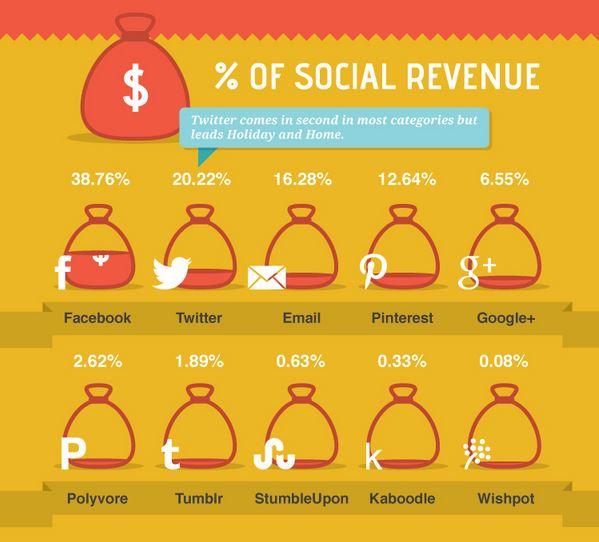


 Digideo
Digideo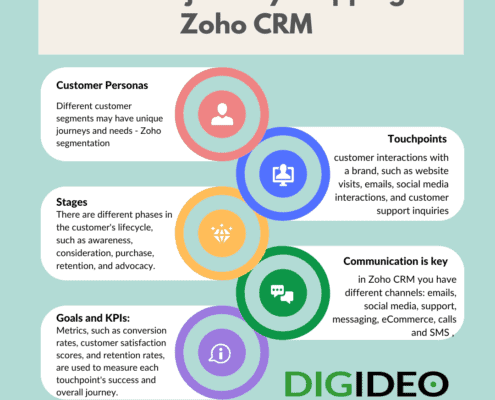 Digideo
Digideo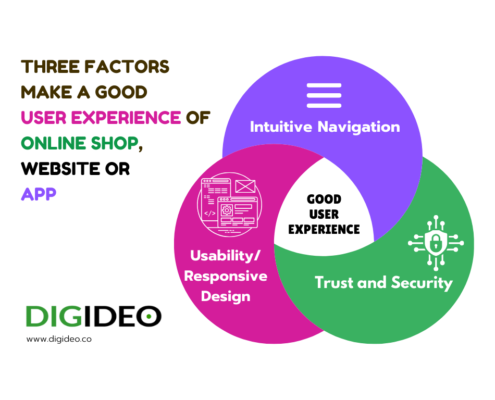 Digideo
Digideo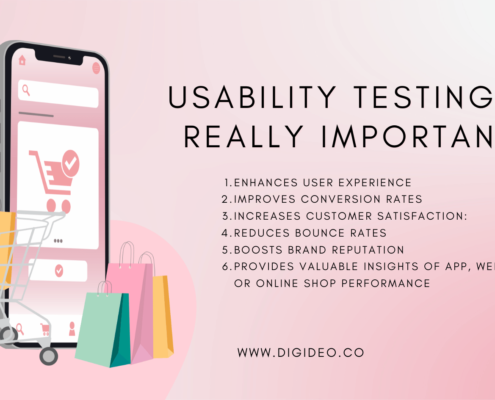 Digideo
Digideo
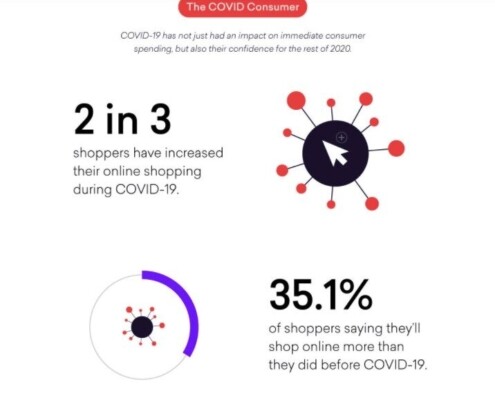
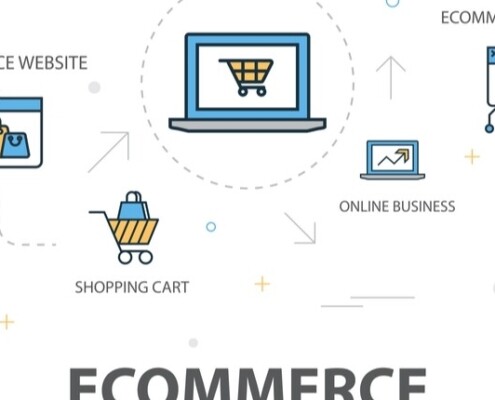 Digideo
Digideo
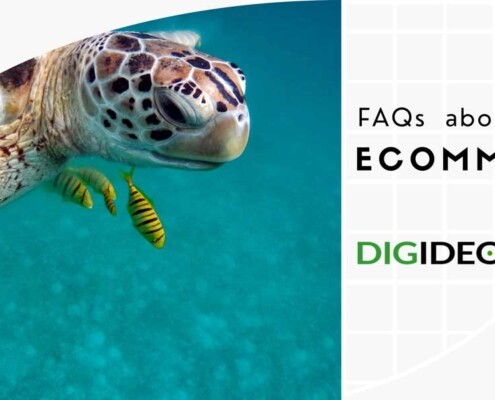 Digideo
Digideo
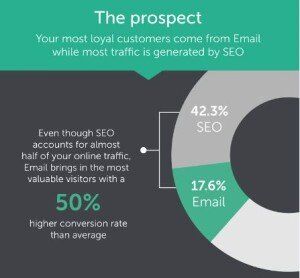
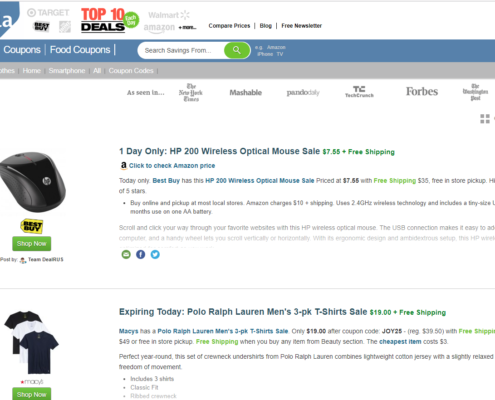


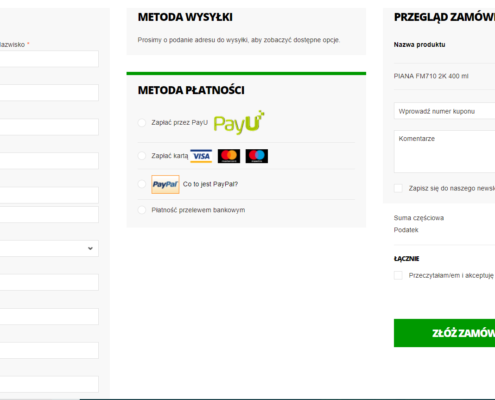
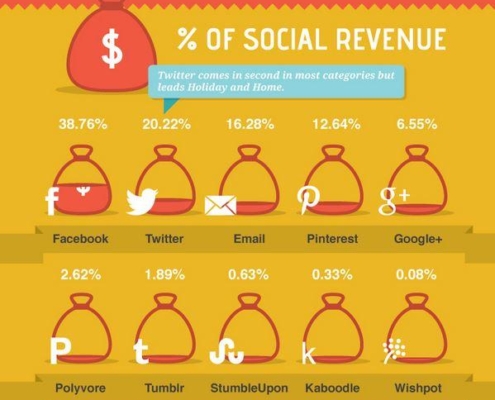
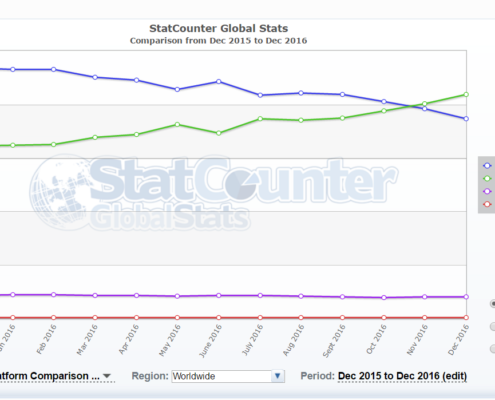
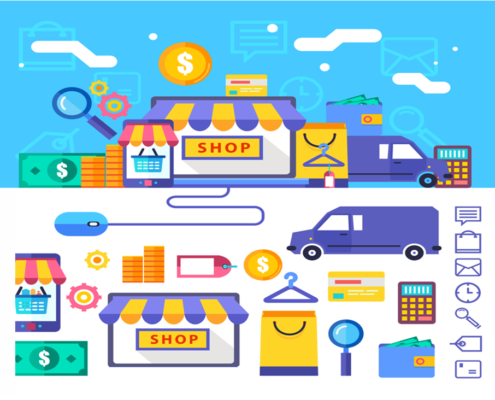
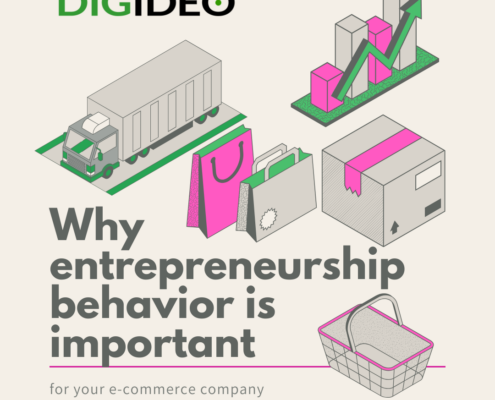

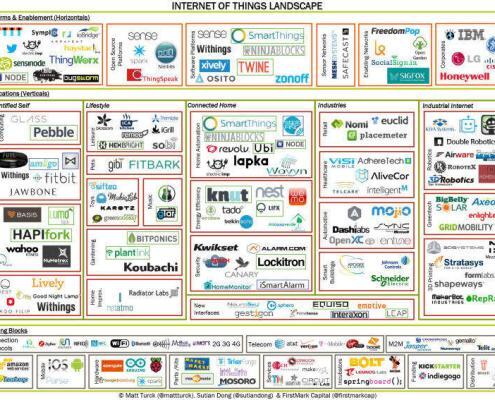
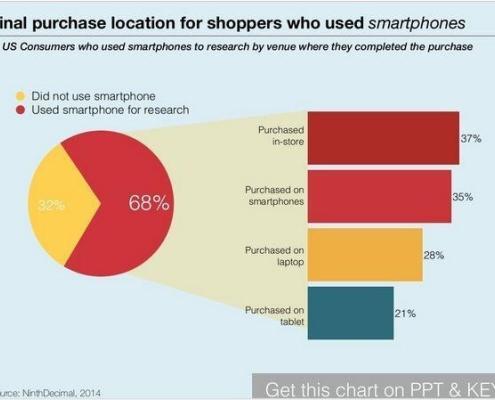
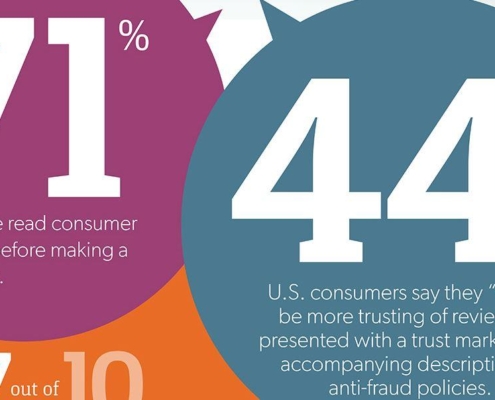
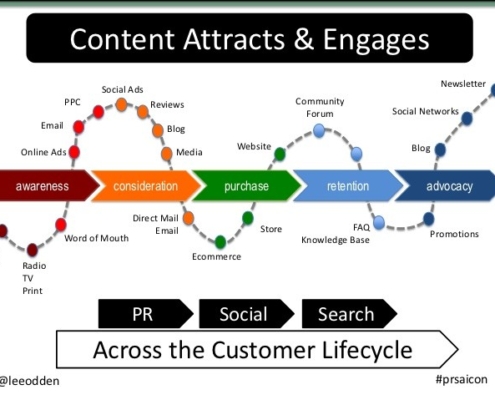

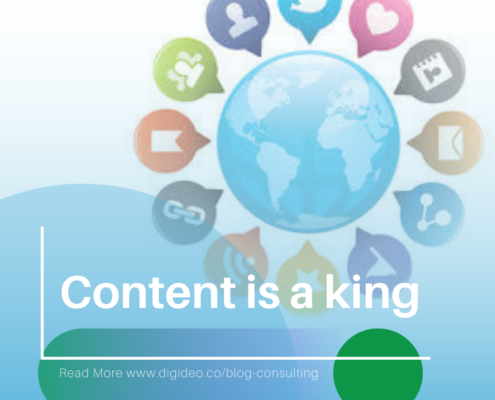 Digideo
Digideo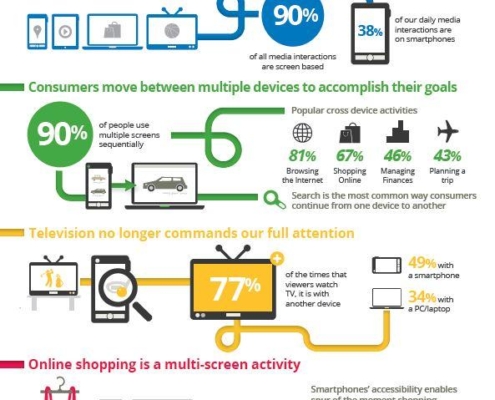

Share this entry